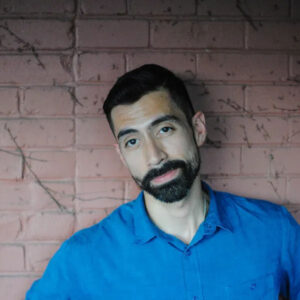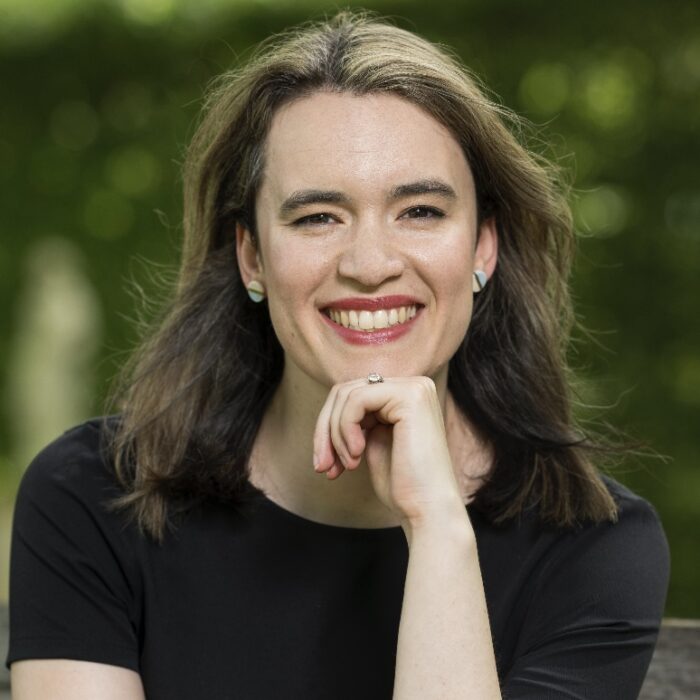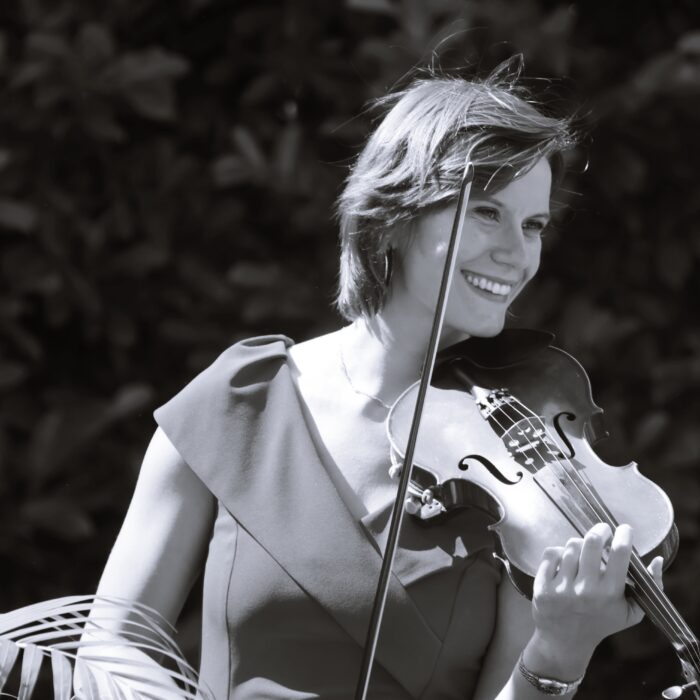
Q & A: David Radamés Toro on Directing ‘Zorro’ at Opera San José
By Francisco Salazar(Credit: Photo courtesy of Opera San José)
On April 19, Opera San Jose is set to present “Zorro,” an opera about the famed masked vigilante set in the early 1800s in el pueblo de Los Angeles, still a colony of Spain.
The opera will feature a Latin American cast and will be led by David Radamés Toro, a director who integrates his background in physical theatre into directing a wide variety of standard and non-traditional repertoire. He has brought this unique style to such companies as the Minnesota Opera, the Wexford Opera Festival, Washington National Opera, Cincinnati Opera, Central City Opera, Opera Saratoga, Pittsburgh Festival Opera, and Opera Neo.
OperaWire spoke with the director about “Zorro,” the importance of Latino operas, and working with Opera San José.
OperaWire: Tell me about your concept for the production of Zorro?
David Radamés Toro: When Opera San Jose approached me about directing Zorro, they said they wanted to explore the verismo side of the opera. I set out to find that balance between its pop cultural roots and the story’s historical setting – integrating the history of colonial California with a superhero’s origins story. To be perfectly honest, I was inspired by Christopher Nolan’s “Batman Begins” in how he handled Bruce Wayne’s progression into Batman. There are similarities – Bruce Wayne studied with The League of Shadows to become an assassin just as Diego de la Vega studies with The Order of Zazueta to become a great swordsman and freedom fighter. They both have room to grow up as young men as they face the lives that they left in order to become champions of justice.
OW: What is some of the research you did for this production and what were some of the things you learned from the origin of this character?
DRT: I was familiar with the Disney series and remember watching it in reruns on the Disney channel as a child. I did a dive into the pulp novellas and some of the movies to observe the many takes on this iconic character. But it was after reading Hector Armienta’s libretto, I felt compelled to learn more about Colonial California, the Mission systems, and the Tongva people (the indigenous people of the Los Angelos basin).
OW: Why do you think Zorro has resonated so much in Latino culture?
DRT: There must be something to be said about a hero who defends the people from Spanish rule would resonate with a Latino culture. Zorro was Batman before there was Batman. He used his privilege as a landowning Criollo to fight for justice and protect the people, all while swearing to never take a life. It’s nice to see a Hispanic superhero who always bests the ruling class.
OW: As a Latino, why was it important for you to direct this work?
DRT: I’ll try not to stand on my soapbox for too long. It has been an important goal in my career to be a part of Latino American works, especially those that explore culture and identity. What really drew me to Zorro was not just the exciting story, but the way it addresses the caste system in Alta California. Outside of California, few grade school students learn about Spanish Colonialism in the US. This opera points out a caste system that put the Spanish on top of a hierarchy that subjugate Indigenous and Mestizo populations. Along with the history of the Spanish in North America, it indirectly highlights that Latino culture in an American culture. The story takes place in 1811, centuries after the Spanish colonized and decades before the US would claim it as a territory. While most media focus on Latino stories as immigrant stories, Zorro reminds audiences that Latino culture has existed within the modern US borders for centuries.
OW: What are your favorite parts from this score?
DRT: This is always a difficult question to answer because each scene has something to be excited about. If I had to choose three moments in the score, I would say I love the first reunion scene between Diego and General Moncada. They were best friends until they chose opposing sides of the rebellion at Aranjuez. Years later they meet each other again, which Hector writes with dramatic tension. Another favorite would have to be a duet between Sergeant Gomez, the show’s clown, and Luisa, a Tongva girl who has been trying to woo him. Their act 2 duet is a charming and showy number full of dance, vocal fireworks, and sweet sentiment. The final battle between Diego and Moncada is thrilling to listen to and watch. This will be a scene that audiences will talk be telling their friends about. Our fight Director for this show is Dave Maier and he does amazing work.
OW: What is it like to work with Opera San José and how much freedom have they given you to create your production?
DRT: Working with Opera San Jose has been wonderful. The teams are just kind, hardworking, and dedicated people. If I or the design staff have an idea, they are willing to explore and figure out how to make it possible or find artful alternatives. The costume and scenic departments are true craftsmen. Every time I go into either shop, I gasp at how beautiful everything looks. What a joy to have been asked to direct here.
OW: Tell me about your work with the cast?
DRT: This is the first time I’ve worked with the singers in the cast, and it has been wonderful to collaborate with them. There is a mix of singers who have sung this show before and those who are brand new to it. Our conversations about the characters and story have led to some beautiful character connections and direction for the scenes. With members from Latin America, and those of us who are first- and second-generation Latino Americans, the cast reflects the diversity of Latinidad.
OW: What do you hope audiences take away from the production?
DRT: I hope audiences leave entertained by the music, acting, singing, and fights. But also hope someone’s interest in California history and wants to learn more about Latino and indigenous cultures in North America before it was labeled The United States. I would love for a greater understanding that Latino Culture is an American culture and that it’s time for these stories to be further integrated into the operatic canon.
OW: Do you hope more Latin works are shown in opera and do you hope to bring this production elsewhere?
DRT: I absolutely hope more Latino works are commissioned, performed, and produced. There are so many Latino stories to tell – histories, mythologies, magical realism, etc. And quite frankly, there’s a need and an audience for them. This production is slated to go to Arizona Opera and Kentucky Opera in future seasons, but I hope audiences all over the country get to see this exciting show, the beautiful set design by Liliana Duque-Piñeiro, and Ulises Alcala’s stunning costume design.


